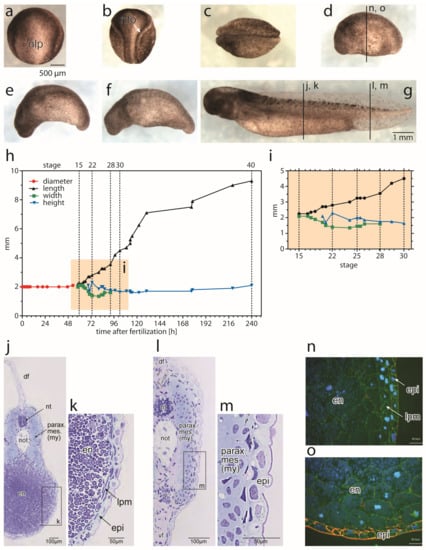Feature Papers in 'Tissues and Organs'
A topical collection in Cells (ISSN 2073-4409). This collection belongs to the section "Tissues and Organs".
Viewed by 3363Editor
Interests: mesenchymal stem cells; adipose; regeneration; SVF; exosomes; therapy; tissue engineering
Special Issues, Collections and Topics in MDPI journals
Topical Collection Information
Dear Colleagues,
This Topical Collection entitled, “Feature Papers on Tissues and Organs”, is interested in publishing high-quality research articles, communications, and review articles focused on cutting-edge research in the fields of tissues and organs. As the Topical Collection aims to illustrate, through selected works, research at the forefront of tissue engineering and organ creation, we encourage Editorial Board Members of the Tissues and Organs Section of Cells to contribute feature papers reflecting the latest progress in their research field, or to invite papers from relevant experts and colleagues. Unsolicited manuscripts presenting original research findings on these topics are also welcome for review and consideration for publication.
We welcome manuscripts that investigate any combination of cells, matrices, structures, cell biology, and assessments of physiologic function. We are also interested in systems modeling studies that are based on original datasets. Relevant research topics include, but are not limited to, the following:
- Stem cells of any origin;
- Organ-on-a-chip (microphysiological systems);
- Matrices and novel matrix generation;
- Tissue engineering;
- 3D printing of matrices for tissue engineering;
- Microenvironment and microenvironmental changes in tissue matrices;
- Solid organ generation;
- Histopathology;
- Regeneration;
- Genomics and genetics of these topics.
Prof. Dr. Bruce A. Bunnell
Collection Editor
Manuscript Submission Information
Manuscripts should be submitted online at www.mdpi.com by registering and logging in to this website. Once you are registered, click here to go to the submission form. Manuscripts can be submitted until the deadline. All submissions that pass pre-check are peer-reviewed. Accepted papers will be published continuously in the journal (as soon as accepted) and will be listed together on the collection website. Research articles, review articles as well as short communications are invited. For planned papers, a title and short abstract (about 100 words) can be sent to the Editorial Office for announcement on this website.
Submitted manuscripts should not have been published previously, nor be under consideration for publication elsewhere (except conference proceedings papers). All manuscripts are thoroughly refereed through a single-blind peer-review process. A guide for authors and other relevant information for submission of manuscripts is available on the Instructions for Authors page. Cells is an international peer-reviewed open access semimonthly journal published by MDPI.
Please visit the Instructions for Authors page before submitting a manuscript. The Article Processing Charge (APC) for publication in this open access journal is 2700 CHF (Swiss Francs). Submitted papers should be well formatted and use good English. Authors may use MDPI's English editing service prior to publication or during author revisions.








